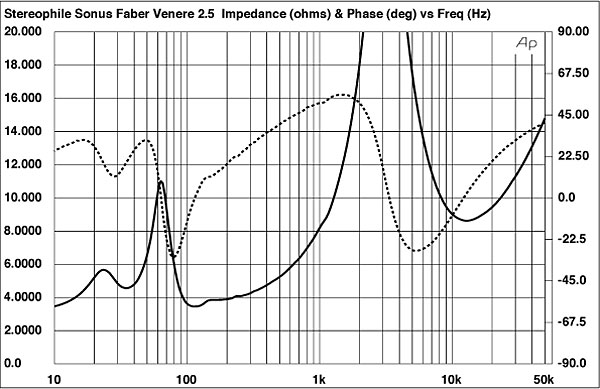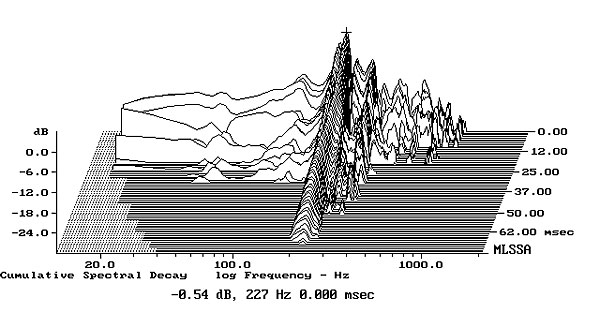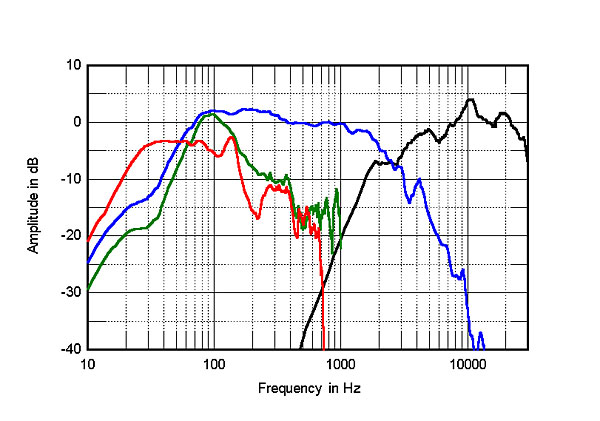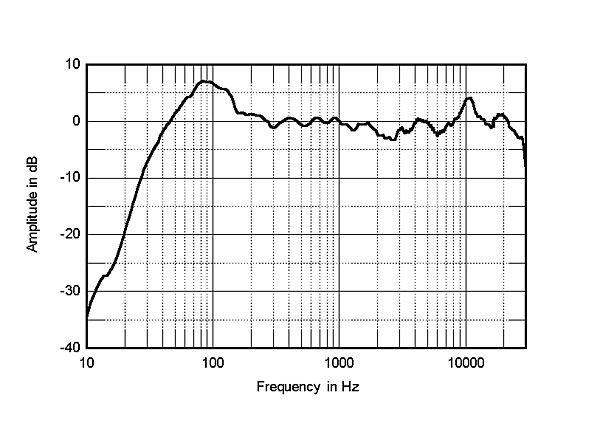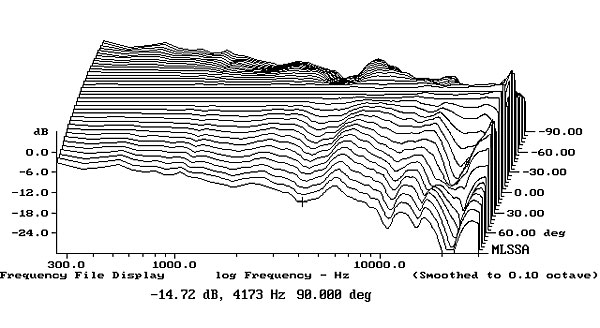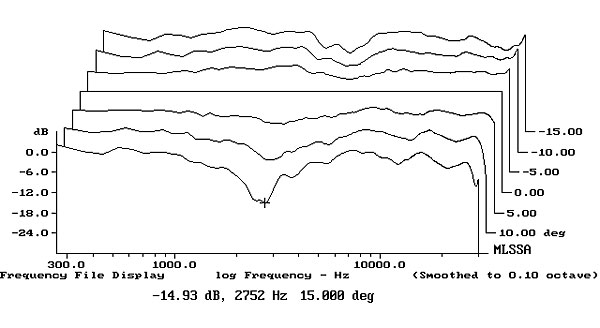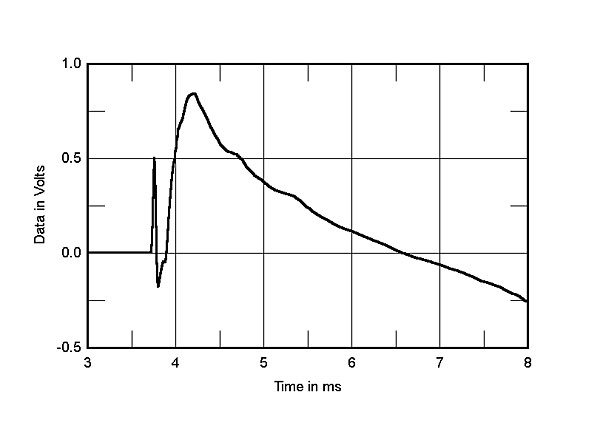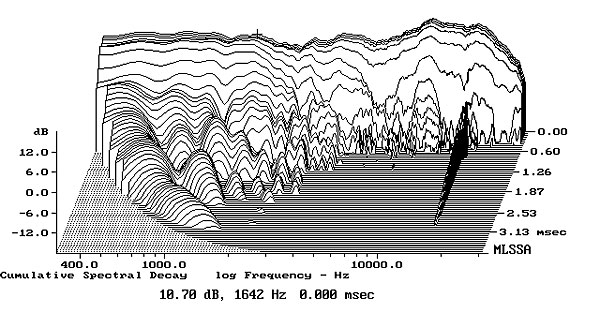| Columns Retired Columns & Blogs |
Thanks for the great read Kal. I just replaced my 2 channel Liuto floorstanding speakers, the speakers the Venere replaced I believe. During the first hours of listening to the Guarneri Mementos, I missed the Liutos, and if the Venere speakers are an improved version, they must be very good. I did not know SF made any speakers in white. In the right room and system, they must be very beautiful.
ron
